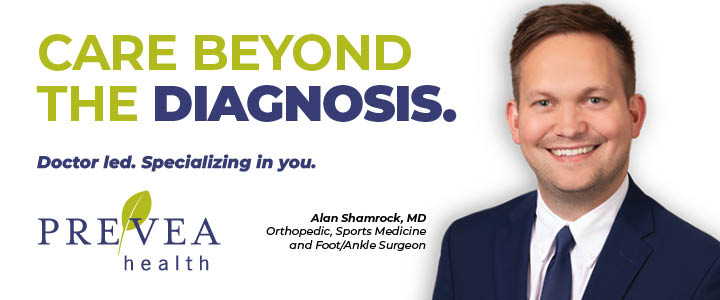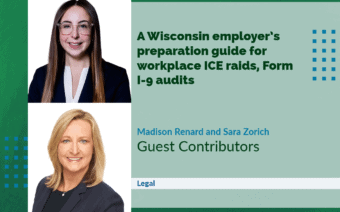
July 15, 2024
If you ever made a worker’s compensation claim and everything went smoothly, you may think it is always that easy.
Unfortunately, a lot of injured workers have to fight for their rights.
Many are denied payment for what they believe are work-related injury medical bills, lost wages and impacts of permanent disabilities.
Here are a few basic guidelines that can help you avoid some of the most common missteps following a work-related injury so you are in the best possible position if you do need to fight for your rights.
Immediately report injury to employer
Many injured workers delay reporting injuries.
Some mistakenly believe the injuries will get better on their own.
Others argue their physical jobs cause too many minor injuries to report.
Some fear harming or angering their employers.
Unfortunately, these delays often result in denied claims
The safest approach is to report all injuries as soon as possible, following your employer’s procedures.
Give an accurate description of injury
Injured workers often do not understand the importance of their initial injury descriptions.
Some even deny the injuries happened at work to help their employers.
Later, when faced with unpaid medical bills and lost wages, they may try to correct their statements – but those claims are often denied due to that first inaccurate report.
Many people are not descriptive enough and vaguely report something like they were “walking,” or “getting off the forklift” or “not sure what happened.”
Claims for those injuries are often denied because no connections to special hazards at work were described.
However, when the worker is careful to give details, such as tripping on an uneven floor or oddly twisting a joint when jumping onto concrete, the connections become clearer.
Before describing an injury, take a moment to recall the specific body movements involved and before feeling pain.
Also describe any popping, tearing or other unusual sensations.
The earlier those key descriptions are given, the more credible they appear.
Get appropriate medical care
Injured workers have the right to select their medical providers for treatment – however, workers should choose those providers carefully.
There are limits on the number of different facilities workers may select.
Not all medical providers are familiar with the worker’s compensation system, and some are not permitted to complete the required forms.
Be cautious about going to a facility not covered by your health insurance.
Even though you may believe (and even may have been told) the treatment would be paid by worker’s compensation, you may be left with unpaid medical bills if that claim is ultimately denied and the treatment is not covered by your health insurance.
Report everything that hurts
Injuries may impact more than one body part.
At first, one injury may appear more serious than the others, and so that becomes the primary focus of medical treatment.
Even if it is decided the other body parts do not require immediate treatment, keep reminding your providers about the other injuries (including related mental health concerns) as long as they are an issue for you.
It is not unusual for a primary injury to improve, while secondary injuries worsen.
If those secondary injuries were not noted in the medical records for weeks or months, it may be challenging to prove they were caused by the original injury.
Check your records periodically to make sure your injuries are documented correctly, and ask for corrections when you find mistakes.
Consider all injuries
When an accident occurs at work causing immediate pain, most workers point to work as the obvious cause.
It may be more difficult when the worker first feels pain outside of work.
Some of those injuries may still be determined to be work-related, such as when the worker suffered an occupational exposure.
These are often non-traumatic injuries that come on over time, such as with repetitive twisting, bending, kneeling, lifting, reaching or keyboarding.
These injuries will require clear medical support to connect the work to the injury.
Other work-related injuries may not be as obvious, such as falls or collisions in the work parking lot, during a momentary deviation from work, while taking a break for personal comfort or while working from home.
Additionally, many workers assume (or were told) they were not covered by worker’s compensation because they were “independent contractors,” only to later learn that under Wisconsin law, they were covered employees.
Conclusion
Navigating the workers compensation system may be challenging.
By promptly reporting injuries, providing detailed and accurate descriptions, selecting appropriate medical care and ensuring all injuries are accurately documented, you will better protect your rights.
 Sustainability is black and white for Wall-Stone Holsteins
Sustainability is black and white for Wall-Stone Holsteins Savor a piece of history at The Pearl Ice Cream Parlor & Confectionery
Savor a piece of history at The Pearl Ice Cream Parlor & Confectionery








